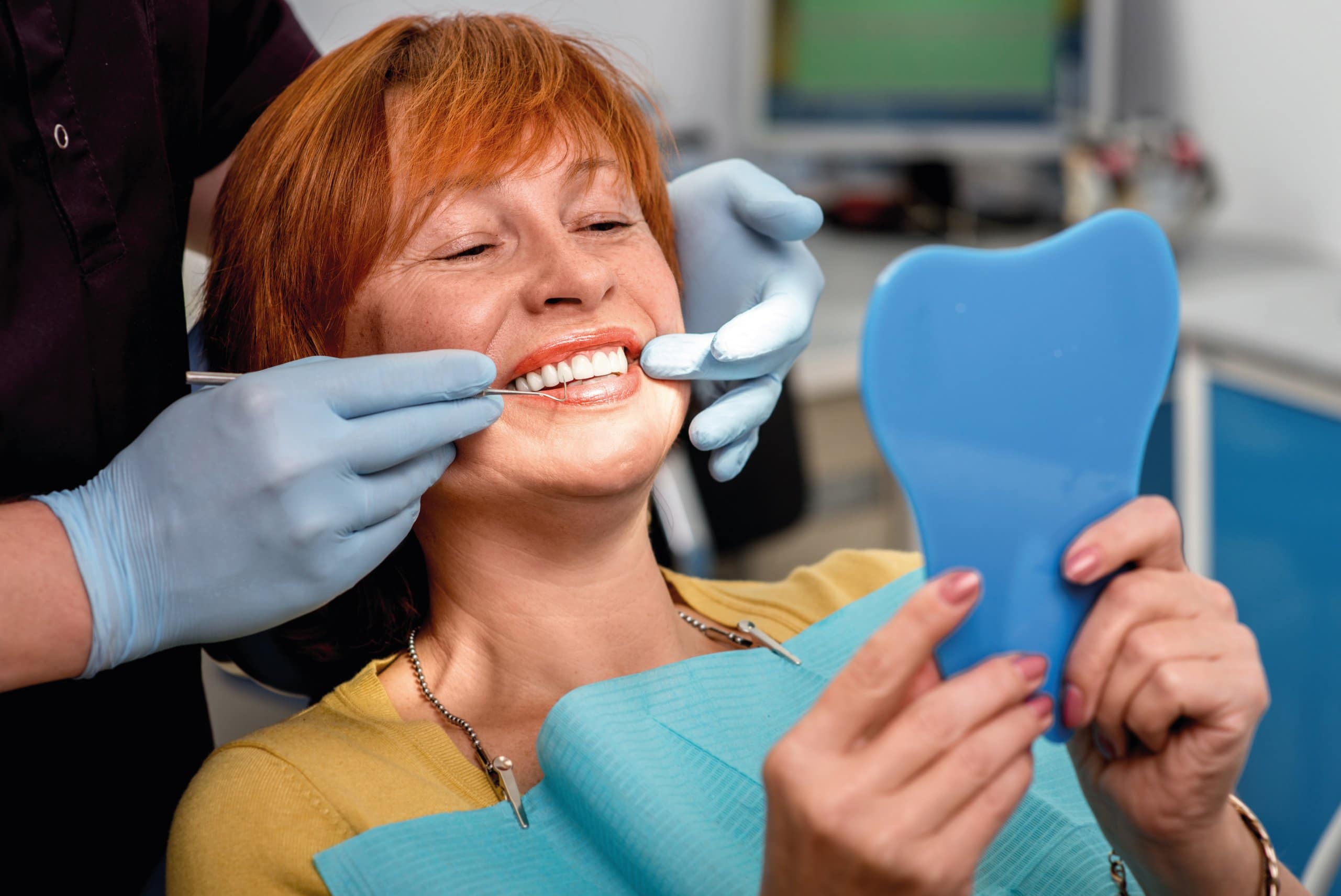
Dentures
Dentures are a removable way to replace missing teeth, helping to restore both function and appearance. At Levitas we use modern techniques, including digital scanning and high-resolution photography, to ensure your dentures are a precise fit and look as natural as possible.
There are two main types of dentures:
- Complete dentures are used when all the natural teeth are missing from the upper or lower jaw. They also help support the cheeks and lips, which can improve speech, make eating easier, and restore facial structure.
- Partial dentures are used when some natural teeth remain. They are designed to fill the gaps left by missing teeth and fit comfortably around your existing teeth. Small clasps or attachments may be used to help keep them securely in place.
Dentures can be made from acrylic (plastic) or metal, and the right choice will depend on your individual needs. During your consultation at Levitas Dental Clinc, your dentist will carry out a full assessment of your gums and remaining teeth to help determine the most suitable option for you.
Our aim is to ensure your dentures feel comfortable, look natural, and help you smile with confidence again.
Bridges
A dental bridge is a fixed solution for replacing one or more missing teeth. It works by anchoring a false tooth (called a pontic) to the natural teeth on either side of the gap, restoring both function and appearance.
At Levitas, we use high-quality materials to ensure your bridge blends seamlessly with your natural teeth. The visible parts are typically made from tooth-coloured porcelain, while the base is often reinforced with metal for strength and durability.
There are different types of bridges available:
- Conventional bridges are supported by crowns placed on the teeth either side of the gap.
- Adhesive bridges are bonded to the back of the supporting teeth, with minimal impact on the surrounding structure.
Your dentist will assess your teeth, bite, and supporting bone using scans and X-rays to help decide which type of bridge is most suitable for you.
To begin the process, we take a digital scan of your teeth and capture photographs to help the lab match the shade of your natural teeth as closely as possible. This avoids the need to take traditional impressions. Once the bridge is ready, we use advanced bonding techniques to secure it in place.
Bridges can be a long-lasting, natural-looking way to restore your smile and maintain the alignment of your remaining teeth.

Dental Implants
Dental implants are a permanent solution for missing teeth and, unlike dentures, they stay securely fixed in place. They look and feel like natural teeth, allowing you to smile, eat, and live normally.
An implant consists of a small, screw-shaped post that is gently placed into the jawbone to replace the missing tooth root. A custom-made crown is then attached to form the visible part of the tooth.
Implants can be used to replace a single tooth or several teeth. For those missing many teeth, an option called All-on-4 may be suitable. This involves placing four implants in the upper or lower jaw to support a full set of replacement teeth.
During your consultation, we assess the health of your mouth and take x-rays and photographs. At your next appointment, the implant is placed using local anaesthetic. It takes around three months for the implant to fuse with the bone before the crown is securely fitted.
Tooth Replacement FAQ
What are the options for replacing missing teeth?
Do I have to live with a gap before getting implants?
What is the best option to replace my missing teeth?
Dentures Price list
Crowns & Bridges Price list
Membership
Levitas Dental Clinic Practice offer an optional membership which includes 7 day access to GP appointments and 10% discount on selected services within the Practice.
All services are also available to non-members.
